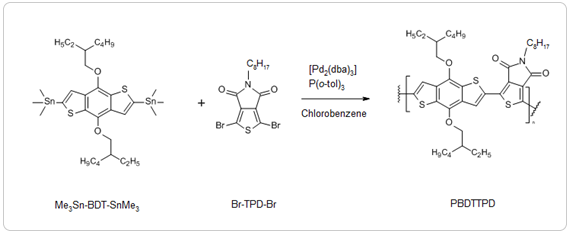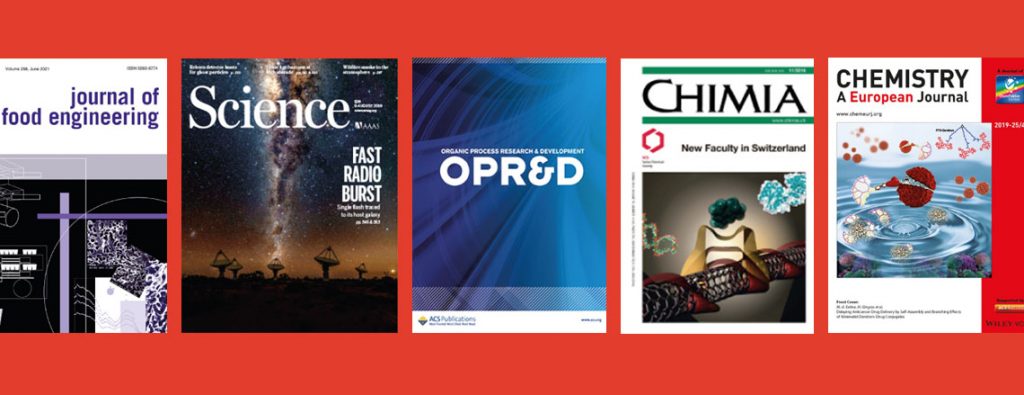Publication – Continuous flow polymer synthesis toward reproducible large-scale production for efficient bulk heterojunction organic solar cells
ChemSUSChem 2015
- Geert Pirotte, Dr. Jurgen Kesters, Dr. Pieter Verstappen, Sanne Govaerts, Prof. Jean Manca, Dr. Laurence Lutsen, Prof. Dirk Vanderzande, Prof. Wouter Maes
- Institute for Materials Research (IMO-IMOMEC), Hasselt University, 3590 Diepenbeek, Belgium
This paper describes the conversion of a batch process into a continuous flow process for carrying out a complex Stille polycondensation reaction. This process generates high molecular weight polymers for use in tandem solar cells in reproducible small and large scales allowing multi-gram quantities of these photovoltaic polymers to be continuously furnished in high yield and high purity.

Abstract: Organic photovoltaics (OPV) have attracted great interest as a solar cell technology with appealing mechanical, aesthetical, and economies-of-scale features. To drive OPV toward economic viability, low-cost, large-scale module production has to be realized in combination with increased top-quality material availability and minimal batch-to-batch variation. To this extent, continuous flow chemistry can serve as a powerful tool. In this contribution, a flow protocol is optimized for the high-performance benzodithiophene–thienopyrroledione copolymer PBDTTPD and the material quality is probed through systematic solar-cell evaluation. A stepwise approach is adopted to turn the batch process into a reproducible and scalable continuous flow procedure. Solar cell devices fabricated using the obtained polymer batches deliver an average power conversion efficiency of 7.2%. Upon incorporation of an ionic polythiophene-based cathodic interlayer, the photovoltaic performance could be enhanced to a maximum efficiency of 9.1%.
This paper uses the Asia system and the Asia FLUX module.
For more information, contact us.

